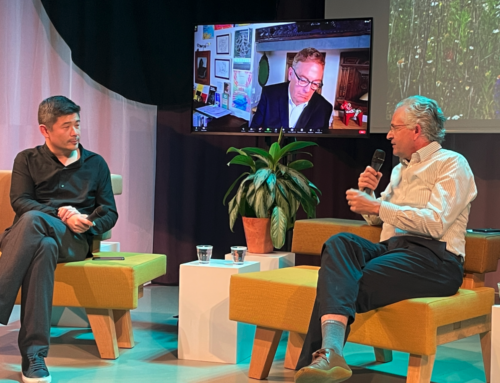This year’s Computer Human Interaction (CHI) conference has as its theme, ‘Technology, Safety, Community’. The event, says the website, confronts the ‘challenge for technology to make people feel safe again’. The agenda sounds uncontroversial, but you have to ask if the resulting design effort will make anyone materially safer, or be directed to where the real problems lie. About 2750 people a day succumb to road traffic injuries, for example, but I don’t suppose CHI will call for the abolition of the car: the car industry, after all, is among the world’s leading users of information technology. 8,000 people die each day as a result of air pollution, but the CHI agenda does not explain how interaction design might deliver cleaner air. 30,000 people a day die from curable diseases; most of these unfortunates live in the developing world and cannot afford the prices charged by drug companies for remedies that might save them. The events and situations that kill people in the modern world raise complex and highly political issues, and it would not be fair to demand that CHI tackles them all. But CHI surely does have a responsibility to be critical on the safety question. Googling “Homeland Security†and “design” yields 1,250,000 results today – up from 600,000 six months ago. This is evidence, if it were needed, that the Age of Fear has become big business. The question is: do we want to be part of it?

